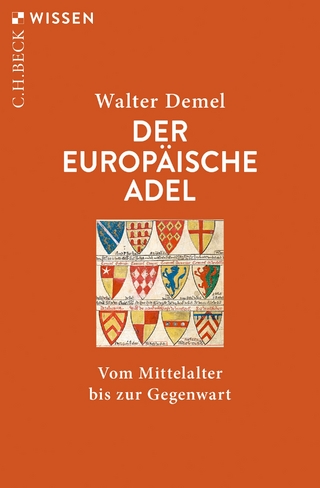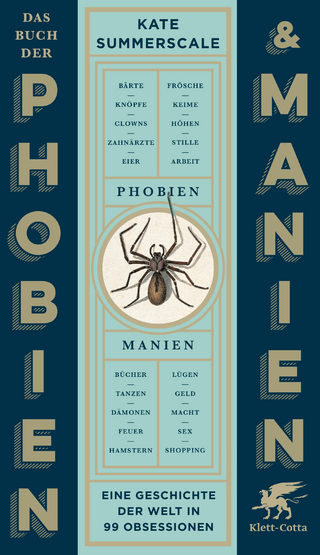
National Traditions in Nineteenth-Century Opera, Volume II
Routledge (Verlag)
978-0-7546-2906-1 (ISBN)
This volume offers a cross-section of English-language scholarship on German and Slavonic operatic repertories of the "long nineteenth century," giving particular emphasis to four areas: German opera in the first half of the nineteenth century; the works of Richard Wagner after 1848; Russian opera between Glinka and Rimsky-Korsakov; and the operas of Richard Strauss and Janácek. The essays reflect diverse methods, ranging from stylistic, philological, and historical approaches to those rooted in hermeneutics, critical theory, and post-modernist inquiry.
Michael C. Tusa, Professor, University of Texas at Austin, USA
Contents: Introduction; Part I German Opera in the Early 19th Century: The arias of Marzelline: Beethoven as a composer of opera, Philip Gossett; New light(s) on Weber's Wolf's Glen scene, Anthony Newcomb; Richard Wagner and Weber's Euryanthe, Michael C. Tusa. Part II Wagner: The Ring and the conditions of interpretation: Wagner's writing, 1848 to 1852, James Treadwell; ...wie ein rother Faden: on the origins of 'leitmotif' as critical construct and musical practice, Thomas Grey; The structure of the Ring and its evolution, Robert Bailey; Dramatic recapitulation in Wagner's Götterdämmerung, William Kinderman; Wagner, 'On modulation' and Tristan, Carolyn Abbate; Death drive: Eros and Thanatos in Wagner's Tristan und Isolde, Linda Hutcheon and Michael Hutcheon; Constructing Nuremberg: typological and proleptic communities in Die Meistersinger, Arthur Groos; Amfortas's Prayer to Titurel and the role of D in Parsifal: the tonal spaces of the drama and the enharmonic C-flat/B, David Lewin; Strange love or, how we learned to stop worrying and love Wagner's Parsifal, John Deathridge. Part III Russian Opera: On Ruslan and Russianness, Marina Frolova-Walker; Mussorgsky's Boris on the stage of the Maryinsky Theater: a chronicle of the first production, Robert William Oldani; Mussorgsky's libretti on historical themes: from the two Borises to Khovanshchina, Caryl Emerson; The semiotics of symmetry, or Rimsky-Korsakov's operatic history lesson, Simon Morrison. Part IV Strauss and Janácek: Strauss and the pervert, Sander L. Gilman; Fin-de-siècle fantasies: Elektra and the culture of supremacism, Lawrence Kramer; Janácek's speech-melody theory in concept and practice, Paul Wingfield; Evasive realism: narrative construction in Dostoyevsky's and Janácek's 'From the House of the Dead', Geoffrey Chew and Robert Vilain; Name Index.
| Erscheint lt. Verlag | 23.12.2010 |
|---|---|
| Reihe/Serie | The Ashgate Library of Essays in Opera Studies |
| Verlagsort | London |
| Sprache | englisch |
| Maße | 169 x 244 mm |
| Gewicht | 1224 g |
| Themenwelt | Kunst / Musik / Theater ► Musik ► Klassik / Oper / Musical |
| Geschichte ► Teilgebiete der Geschichte ► Kulturgeschichte | |
| Sozialwissenschaften ► Soziologie ► Spezielle Soziologien | |
| ISBN-10 | 0-7546-2906-6 / 0754629066 |
| ISBN-13 | 978-0-7546-2906-1 / 9780754629061 |
| Zustand | Neuware |
| Haben Sie eine Frage zum Produkt? |
aus dem Bereich


